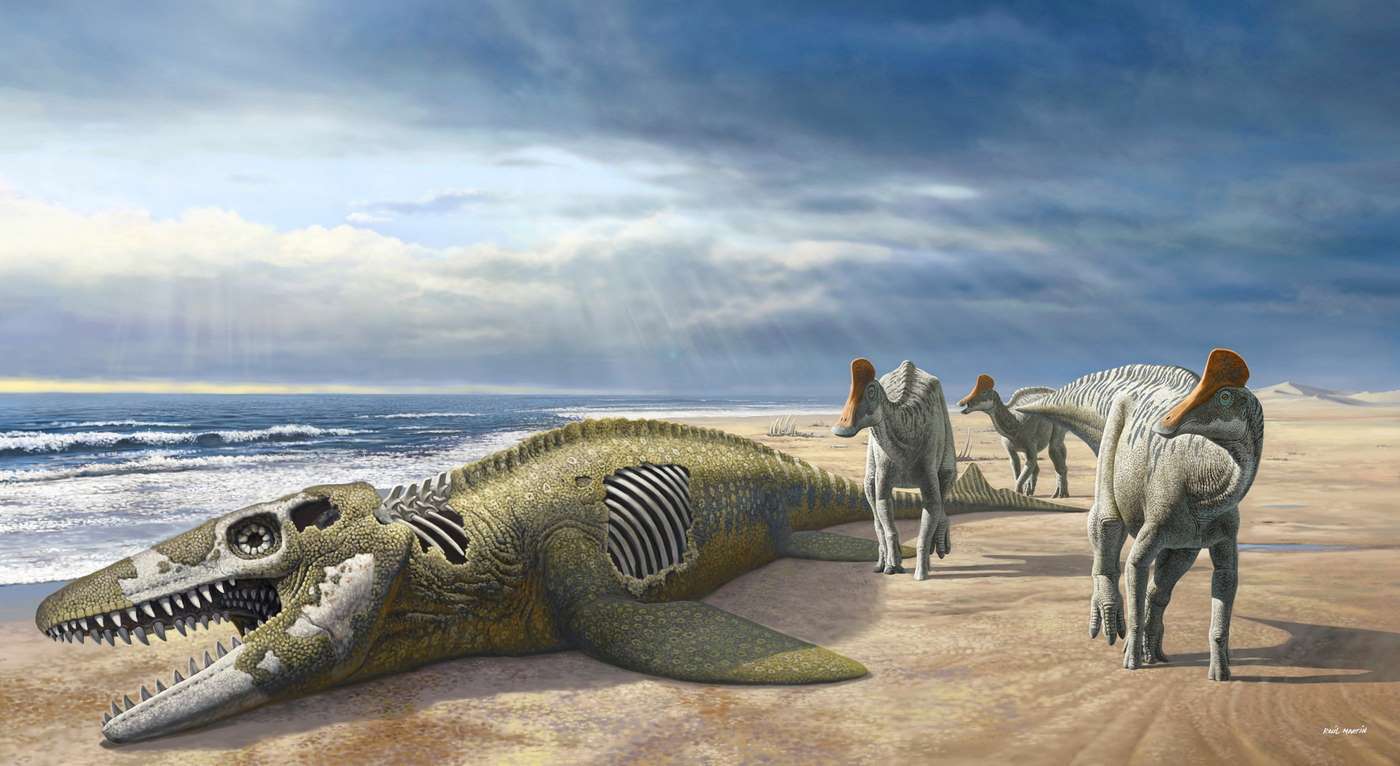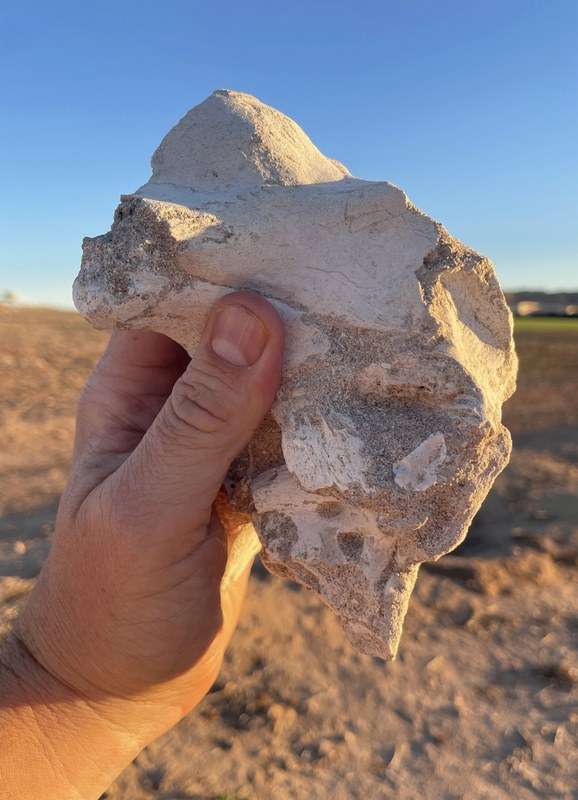Deep Sea Octopus Nursery With 4 New Species Confirmed by Marine Biologists
At the hatchery, the females were photographed incubating their eggs with their suckers pointing out as a defense strategy.

Describing a "once-in-a-million year event," an international team of paleontologists has suggested that, though nearly impossible, a herd of pony-sized duck-billed dinosaurs must have either floated or swam across to Africa up to 66 million years ago.
Fossils belonging to three species of duck-billed dinosaurs were found in Morocco, on a proto-Africa that would have been isolated by several hundred miles of ocean from where they evolved in North America.
The researchers also discovered that, once in Africa, the duck-billed dinosaurs not only survived but thrived and became diverse throughout their new continent.
At the end of the Cretaceous period, some 66 million years ago, high sea levels and the breakup of the supercontinent Pangaea isolated Africa as a lone island continent, surrounded by water on all sides.
However, the remains of a member of the duck-billed dinosaur family that evolved in North America were recently found in northern Africa—prompting questions as to how they got there.
The fossils, found in modern-day Morocco, revealed a new species of pony-sized, duck-billed dinosaur called Minqaria bata, which measured between 9 and 12 feet long and weighed around 500 pounds.
The anatomy of the new species closely resembles that of the European species, prompting researchers to reluctantly suggest the dinosaurs swam or floated across several hundred miles of open ocean to colonize North Africa.
Dr. Nicholas Longrich, from the University of Bath's Department of Life Sciences, and his team, made up of international scientists from universities in the UK, Morocco, and Spain, said that though the dinosaurs traversing the oceans to get to Africa was unlikely, it appears to be exactly what happened.
"It's extremely improbable that dinosaurs could cross water to get to Africa," he said. "But improbable isn't the same as impossible. And given enough time, improbable things become probable."
"Buy a lottery ticket every day, and if you wait long enough, you'll win. These ocean crossings might be once-in-a-million-year events but the Cretaceous lasted nearly 100 million years."
"A lot of strange things will happen in that time," he suggested, "including dinosaurs crossing seas."
The researchers compared the anomaly of the crossing to the unusual journeys of some modern-day animals, such as a group of at least 15 iguanas swept off the shores of Guadeloupe in the Caribbean by a hurricane and washed up around 200 miles away on the island of Anguilla a month later in 2015, or a tortoise from the island of Aldabra that once drifted ashore in Tanzania, 700 kilometers away.
Deer, elephants, and hippos are also all known to have swam out to the Greek island of Crete during the ice age.
"These duckbills are maybe the most surprising find of my career," Dr. Longrich admitted. "If you asked me what kind of dinosaurs we'd find in Africa, then a duckbill is the last thing I would have imagined, let alone three species."

"There's still so much unknown in the fossil record, but if there wasn't, we wouldn't need to keep collecting fossils."
The first of the three species in question was named Minqaria bata—Arabic for ‘beak' and ‘duck', respectively, and it closely resembles the only previously known African species, Ajnabia odysseus, though the shape of its jaws and teeth are distinct, proving it was a different species.
The other Moroccan species, Ajnabia, was about the same size, and larger bones studied by the team, including an arm and a thigh bone, suggest a third species grew much bigger, to around 15 to 18 feet long.
"Not only did duckbills manage to reach Africa at the end of the Cretaceous," Dr. Longrich continued, "But once they did, they quickly evolved to take advantage of open niches and became diverse."
Sea levels were high at the end of the Cretaceous period, flooding much of the continents, and the Earth's land was fragmented by the breakup of Pangaea and continental drift.
This left Africa floating alone in the ocean; an island continent much like modern-day Australia.
SHARE This Paleontological Puzzle With Your Friends Who Love The Dinos…
Be the first to comment